Top 12 Most Profitable Vehicles
While automakers and outside research firms publish sales figures and earnings reports on a regular basis, one metric we rarely get a glimpse of is how profitable each vehicle is. In an era of re-badging and platform sharing, one would think that the most profitable vehicles are those with a large number of derivatives to spread the cost around. But a new report from Bernstein Research suggests that two factors – price point and volume – are the keys to making big bucks off vehicles. And judging by the list, longevity seems to help as well.
Number 12 on the list is the Toyota Camry, and for good reason. The Camry has a number of factors in its favor – massive volumes, an accessible price point and its made in America (currency fluctuations, particularly a rise in the euro or yen, can make exports unprofitable). Bernstein’s report notes that high volume cars at a medium price point are one of the keys to profitability, and the Camry might be the textbook definition of this formula. The Camry’s twin, the Lexus ES350, was absent from the list, but no doubt earns its keep, as a gilded version of the Camry.
At the other end of the spectrum we have the Porsche 911. It’s a common truism that the 911 is a “constant evolution” over nearly 50 years, and Porsche has milked this for all its worth – the first version of the 997 GT3, for example, used a modified version of the ancient air-cooled engine block, a component that has been paid off long ago. Add in Porsche’s often exorbitant price for options (charging hundreds of dollars for minutiae like colored wheel crests on the center caps) and people’s willingness to pay money for a prestigious status symbol and you’ve got a perpetual cash cow.
The Honda Accord may not always beat the Camry in the sales race, but according to Bernstein, it’s a more profitable vehicle for The Big H. While the Accord also capitalizes on the “big volume, low cost” method, the Accord is also a bit behind the curve in terms of technology – Honda’s engines haven’t been updated much in the last decade or so, and their 5-speed automatic transmissions are well behind the curve. Sure, it spares Honda a lot of R&D money, but eventually they’ll have to bring themselves up to speed.
The current Jeep Grand Cherokee did away with the older generation’s fairly utilitarian underpinings for something more refined. A lot of the work was done while Chrysler was still under the stewardship for Mercedes-Benz, while the powertrains are all Chrysler, including the stellar Pentastar V6. Since Bernstein’s study takes into account profitability since 1990, we’re guessing that the Grand Cherokee merits a spot for being such a lucrative offering back when the domestic automakers relied on SUVs to line their pockets with cash – but we’re also glad that we have the current Grand Cherokee, rather than the vehicle that was offered nearly two decades ago.
The Lexus RX slots in at number 8, and for good reason. Look past the fancy badge and well-appointed interior and the RX is basically a Toyota Highlander with some extra trimmings – which is in itself a Toyota Camry. The RX’s popularity, as well as its already profitable underpinnings are big boosts to Toyota’s bottom line.
Here we go again, dipping our toe into the pool of luxury cars. The Mercedes-Benz E-Class has been a consistent money maker for the three-pointed-star brand, with a sedan, coupe, convertible and station wagon (pictured) with a full range of V6 and V8 gasoline and diesel engines. While the E-Class (and some of the other luxury vehicles on this list) don’t sell in big volumes like the Accord or Camry, they are sold globally, at relatively high volumes, and at significantly higher price points – another recipe for profitability, even if it’s a slightly different route.
While North Americans are used to paying a premium for the Baby Bimmer, the rest of the world can still get a pimped out M3 – or a cloth-and-vinyl special 316i. Obviously, the stripped out BMW s aren’t exorbitantly expensive, but they do carry a premium because of the Bimmer badge. BMW’s ability to use common engines and other components also let’s them reap profits from their vehicle line, taking advantage of their brand’s prestige and large sales volumes.
The BMW 5-Series is basically the same deal as its baby brother 3-Series. Available in all kinds of configurations, the 5-Series is a strong seller across the world, and uses a lot of the same mechanical components as other BMWs. With high volumes and an even higher price point than the 3-Series, it’s no surprise that the 5er ended up on this list as well.
The Mercedes Benz S-Class is undoubtedly one of the most prestigious vehicles for sale today, a symbol of having “arrived” for everyone from corporate ladder climbers, athletes and entertainers. It’s also one of the most profitable vehicles on sale today. We’re a bit puzzled at how the S-Class made the list – Mercedes spends massive sums every few years to update the S-Class, and it is consistently a leader in new technology for automobiles. Nevertheless, the formula must be working for Mercedes. The next three vehicles, on the other hand, couldn’t be more different.
You had to have known this was coming – for years and years, the domestic automakers relied on pickup trucks to make their money. Of course, when the bottom fell out of the housing market and oil prices shot up, the results were catastrophic. But that hasn’t stopped vehicles like the RAM pickup from being consistent earners for the Big 3. The RAM is so popular that it recently became its own brand, seperating from its longtime home at Dodge. While the RAM has continuously been stuck in third place in the best-seller list, it’s still doing better than the Toyota Tundra and the Nissan Titan.
Number 2 on our list is also the perennial second place finisher in the sales race are General Motors’ full-size pickups, the Chevrolet Silverado and GMC Sierra. The two trucks are based on an architecture that has been largely paid off, sell in enormous quantities and can be loaded up with options that significantly add to the company’s coffers. If only they could best their pesky rival…
The Ford F-Series has been the best-selling vehicle in America since the Mayflower landed at Plymouth Rock, and it follows the same formula as the GM and RAM trucks. Build ’em cheap, pile ’em high and market a million different versions at increasingly expensive price points. Ford is noted for offering some innovative features, among them a twin-turbo V6 that’s proven wildly successful. But the basic platform is depression-era technology and the investment has been paid off long ago.And you know what? It’s a great truck.
More by Derek Kreindler
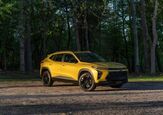

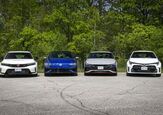
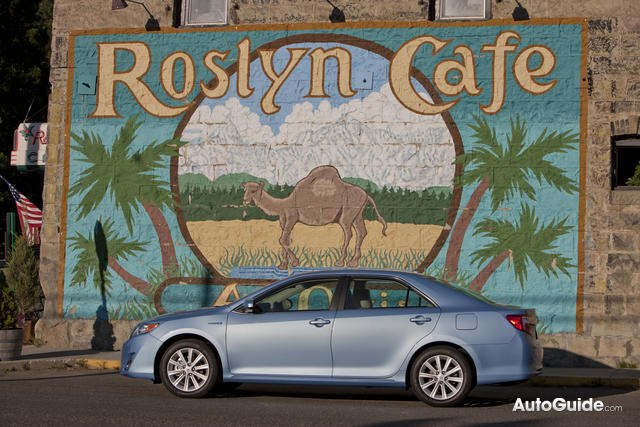











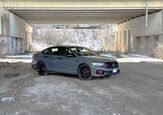


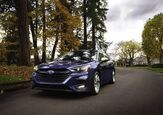
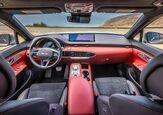
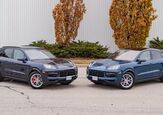
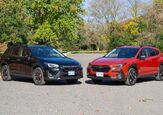
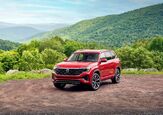

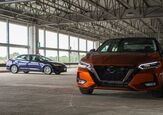
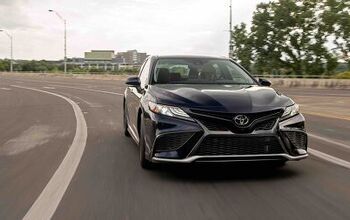
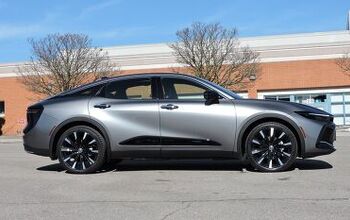
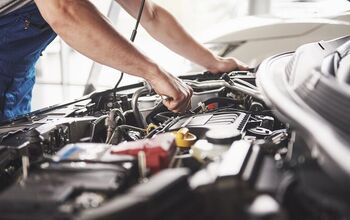
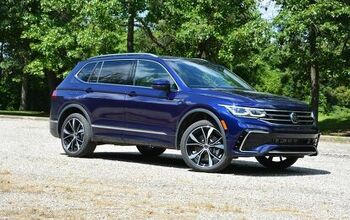
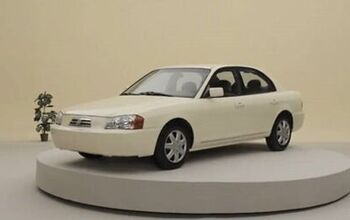
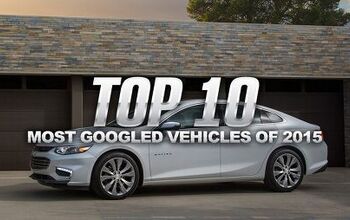
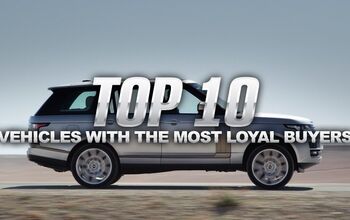
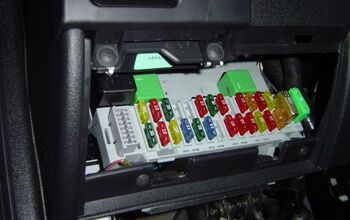




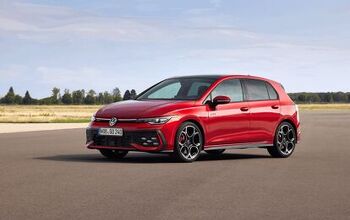
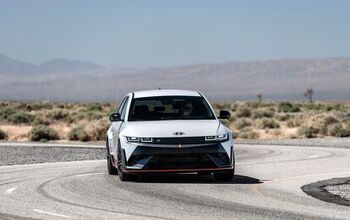
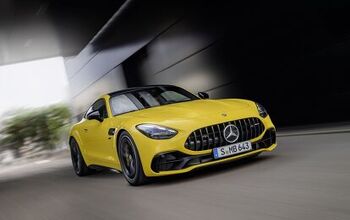
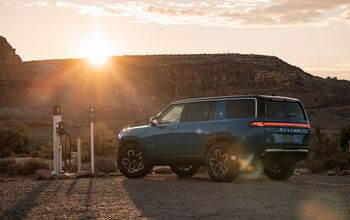

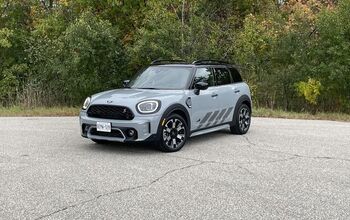
Comments
Join the conversation
bought me a ford truck just the other day broke down on the side of the road started on fire ! total loss! so much for buying new!
http://gt36.blogspot.com/2010/02/ferrari-458.html Ferrari 458 http://gt36.blogspot.com/2009/11/dodge-charger.html Dodge Charger 2010 http://gt36.blogspot.com/2010/02/dodge-charger.html Dodge Charger http://gt36.blogspot.com/2010/02/audi-tt-rs.html Audi TT RS http://gt36.blogspot.com/2010/02/lamborghini.html Lamborghini